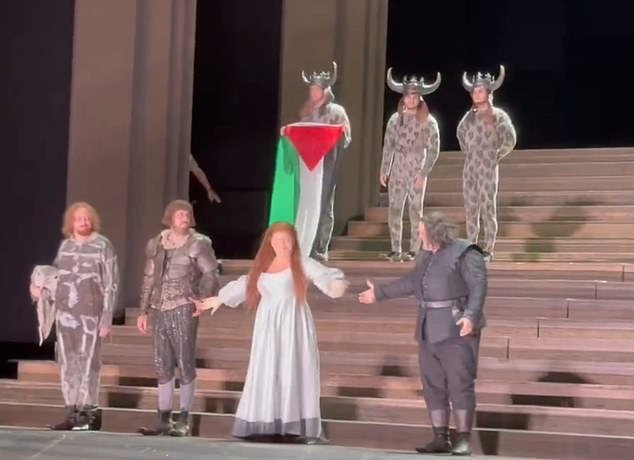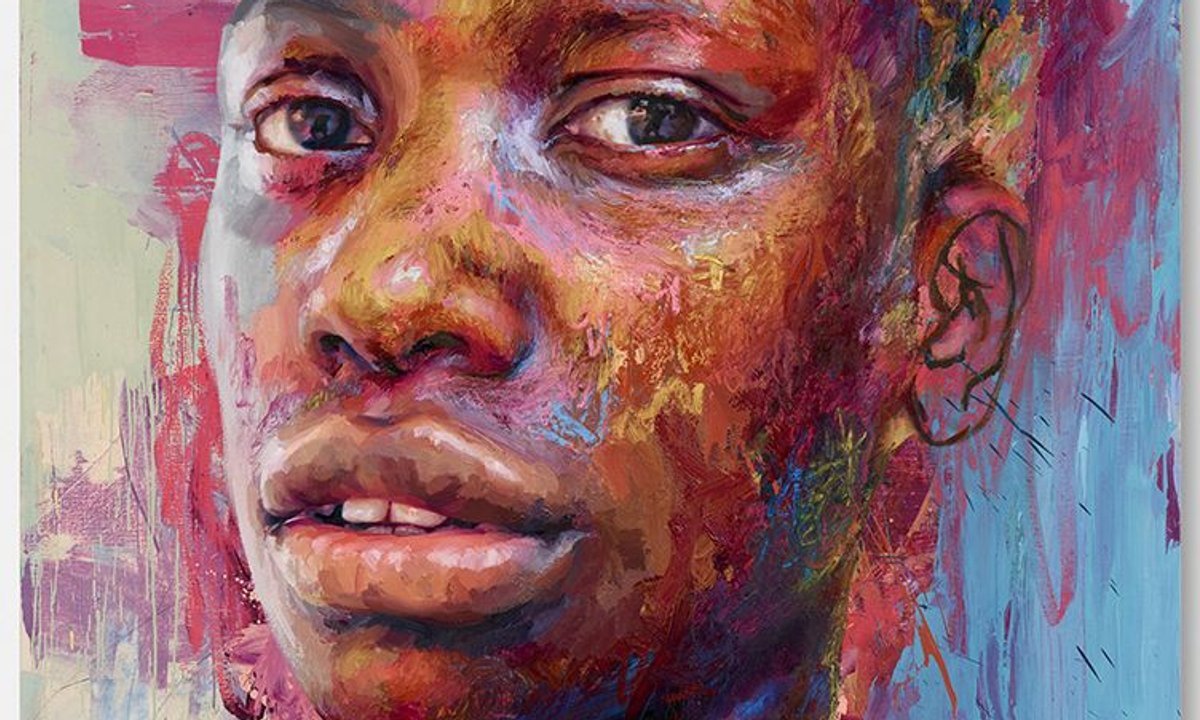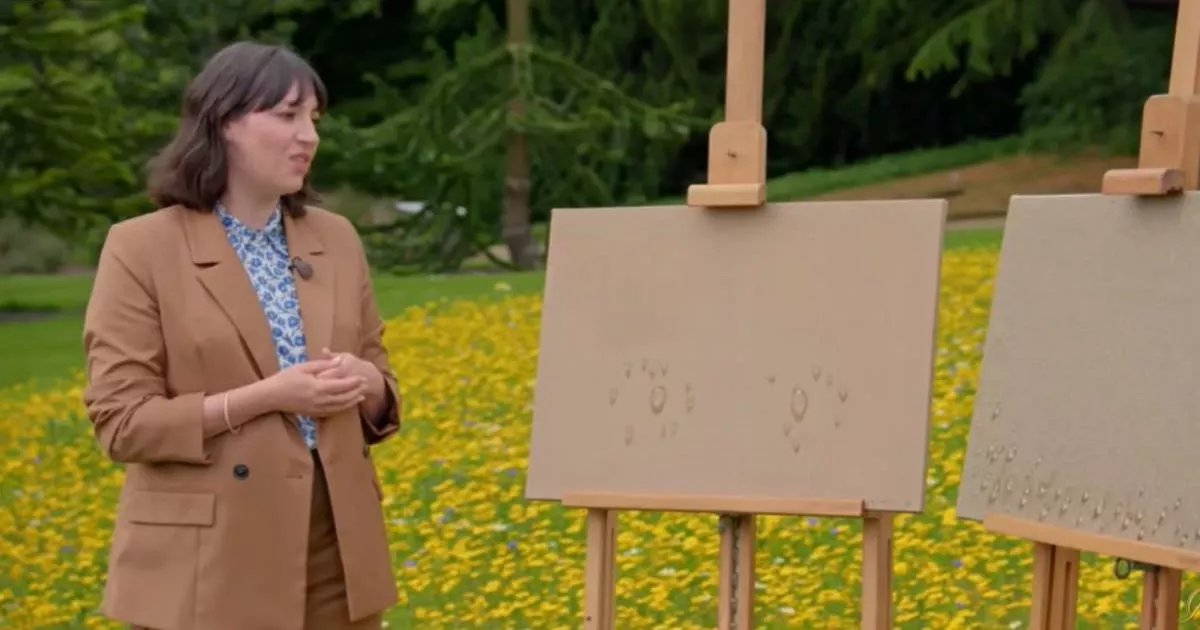The photographer delves into her new book Women: The Pirated Edition, which represents a fanzine of her original publication
Nadia Lee Cohen’s debut photography book Women became an immediate future classic upon its release in 2020. The result of six years of work and encompassing over 100 portraits embodying “strong femininity”, it feels both timeless and timely, evoking nostalgic, cinematic ideas of Americana while portraying modern, diverse notions of womanhood.
Since Women’s release and no doubt, in part, because of it, the British-born, Los Angeles-based photographer’s career has gone stratospheric: she’s shot for brands including Balenciaga, Dsquared2 and Miu Miu, and photographed superstars such as Kim Kardashian, Lana Del Ray and Julianne Moore, among others.
Now, Cohen has released Women: The Pirated Edition, a continuation of her original book in the style of a Japanese fanzine. Also published by IDEA, this book brings together behind-the-scenes images from the shoots, a curation of the images from the original publication, and a host of other ephemera that hint at the story of its creation (such as a map of LA with all the shoot locations marked on it and a page devoted to Palace Costumes where Cohen sourced many of the clothes).
Here, Cohen discusses, among much else, her love affair with Los Angeles, the story behind the pirate edition of Women and why she prefers the zine to the original.
Hi Nadia. How are you doing? We last spoke in 2021. I’m curious to know what’s changed for you since then; what does life look like for you now?
Nadia Lee Cohen: Hi Ted, I think I’m OK thank you! I never really know what to reveal when a person asks me that. In America, it’s not unusual to hear it up to 100 times a day without anyone actually sticking around long enough to hear the answer. I asked the clerk in Trader Joe’s whether she ever gets a truthful response and was surprised when she said, ‘Sometimes people break down and start crying in front of me.’ A definite perk of the job. What’s changed in terms of my life? I don’t know what to hone in on. I dyed my hair blonde, that’s something new. I feel rebellious having a scalp full of bleach. My hairstylist keeps trying to persuade me into trying a more ‘natural’ shade of blonde as I’m a terrible advert for him, but I insist on Bet Lynch-brass while I can still pull it off.
How do you think your photography and your wider artistic practice have evolved since then?
Nadia Lee Cohen: Matured perhaps? I don’t know, I’m more selective of the projects I take on and definitely more wary of what I put out. The only way I can equate that with any kind of maturity is knowing that if something doesn’t initially sit right then I should probably ditch it. I used to persuade myself into liking an image when my gut knew there was something wrong with it. I envy artists from the pre-internet era, who were able to hide their old work in a drawer or a shed or, even better, burn it.
Something I find interesting about your trajectory is that before, your photography captured a fantasy of America, particularly of LA. In some ways, it feels as if that fantasy of America has now become your reality. Does any of that make sense or resonate with your experience?
Nadia Lee Cohen: Oh god. Don’t say that! The other day I said I needed to ‘get something from the trunk’ and was mocked by my parents – ‘Oooh trunk’. It’s definitely still ‘boot’ but I’m ashamed to admit that I am starting to like Erewhon [the American supermarket chain]. I don’t necessarily think America has become a ‘reality’, as that might translate as losing its magic, and it hasn’t. I’m perhaps just understanding the way it works a little more than before, a bit like a long-term relationship.
So how has that relationship evolved?
Nadia Lee Cohen: I’m just used to it. That’s the problem. Today I watched a topless woman water a 50-foot palm tree and didn’t bat an eyelid, which must mean I’ve grown accustomed to it. The UK has honestly started feeling more exotic. I watch the locals wander in and out of the bakers or newsagents in the towns near my parents’ house with a fascination I didn’t have before.
What do you think of LA, now that you’ve lived there for some time?
Nadia Lee Cohen: Obviously, there are incredibly beautiful parts of it, and the city can be very fun, magical and strange, but it can also be fucking bleak at times. You can’t just take a walk without seeing these scenes of decay and destruction – unless, of course, you live in a really privileged area where ‘being less privileged’ is practically illegal. I don’t want the decay to become the norm, but there’s just so much of it, at a certain point it just blends in as part of the scenery.
“This is maybe my favourite page in the book. It’s a cartoon map of Los Angeles with the little landmarks marked out by their signage. Some are representative of places I’ve shot, and others just have some significance or sentimentality“ – Nadia Lee Cohen
Another thing I find interesting about you as an image-maker is your world-building and how you yourself are very much a part of the world you create through your images. You’re photographing these icons – musicians, movie stars et cetra – but you’re also photographing yourself with the same lens. You’re fully part of the fantasy. Can you tell me about your self-portraiture? What are you trying to express?
Nadia Lee Cohen: A sense of humour hopefully.
Who has been your favourite person to photograph in recent times? And what was it about that time that made it so special?
Nadia Lee Cohen: Julianne Moore. I never really equate the famous person standing in front of me with their work – instead, I think of them as a lookalike or a great impersonator and then it dawns on me later when I’m at home. With Julianne, it was immediate: that’s Carol from Safe, Amber from Boogie Nights, Linda from Magnolia and Maude from The Big Lebowski – and now she’s here in a room with me.
OK, so now onto your new book, which represents a continuation of your very first publication Women and is, essentially, a fanzine of that book, with photography and ephemera that reveals how it came together. What sparked the idea for this publication? And why were you drawn to the Japanese fanzine format?
Nadia Lee Cohen: There’s a box with a lot of shit left over from that project. Objects I’ve either intentionally or unintentionally repeated throughout. Old wigs, receipts, fake nails, body casts, tins of food, wallpaper, knickers, even an old merkin buried somewhere at the bottom. I like to tell myself the repetition is a ‘world’ as opposed to a lack of new ideas. I was flicking through the Japanese fanzines in IDEA over Christmas and realised that more often than not I found the bootleg so much cooler than the original book. So I thought, would that be a good idea? To bootleg my own book. Enough people said ‘I think so?’. So I decided to do it, and put the box to good use.
I’d love to pull out a few parts from the book and ask you about them specifically. To start, could you tell me the story behind the cover image?
Nadia Lee Cohen: [Shares an intimate anecdote] That was for your ears only Ted and you’ll need to take that to the grave.
“Palace [Costume] played a huge part in the creation of that book … [People] told me is it’s nearly impossible to get in. I tried anyway and was successful – Salma Hayek was in front of me and got turned away for being ‘talent’” – Nadia Lee Cohen
Boooo. Could you tell me about the map of LA?
Nadia Lee Cohen: This is maybe my favourite page in the book. It’s a cartoon map of Los Angeles with the little landmarks marked out by their signage. Some are representative of places I’ve shot, and others just have some significance or sentimentality. I’m annoyed we forgot Jumbo’s Clown Room; I’m considering getting a tiny sticker of that made so I can manually apply it for people.
Could you tell me about the Palace Costume spread, the owner of the store Lee and your relationship with him?
Nadia Lee Cohen: Palace played a huge part in the creation of that book, and still does in most personal projects. When I first came to LA people told me it was the best place for costume and I needed ‘costume’ rather than fashion. What they also told me is it’s nearly impossible to get in. I tried anyway and was successful – Salma Hayek was in front of me and got turned away for being ‘talent’. Inside, I met Lee, infamous for his no-bullshit approach to running the store. People are legitimately terrified of him. We bonded over little things like sharing the same star sign or my middle name being ‘Lee’. I’d visit Palace regularly when pulling clothes for Women. We always chatted and this just naturally turned into a very special friendship. We go for dinner or to the cinema where he’ll judge the placement of a zip in a period piece. Or I’ll go to his house, watch Botched and drink wine with his big slobbery British Bulldogs ‘Lee’ and ‘Nadia’ – one he named after himself and one after me, which is maybe my proudest acclaim?
And could you tell me the story behind the pictures of the man watching telly through the window and the subsequent shoot that recreated that scene?
Nadia Lee Cohen: I was standing outside the La Brea Motel waiting for Charli (XCX) to get ready. I noticed a man in the left window lying on a bed, he was dressed in white Y-fronts and socks watching the TV. I was transfixed by him, and with the risk of sounding like a Peeping Tom, watched him for a solid ten minutes as the light flickered on and off his body in the dark room. Eventually, he got up and walked to the loo or something and then it was time to shoot Charli. I thought about how looking at him had this hypnotic, numbing quality – like looking into a fish tank. The window frame was sort of like a TV; the moving image all contained within this square. I decided to recreate the moment as an installation for the show at [Jeffrey] Deitch, with the same window, same drainpipe, same stucco wall texture. I filmed a man called Mike lying on a bed in the same Y-fronts and sports socks. This played on a projection behind glass for the three-month duration of the show [Motel Mike, Looping Film, 2022]. So people could come and see the same thing I had seen that night. I never knew what the man was watching but in my version, it’s a specific episode of Tom and Jerry called Pecos Pest.
You mentioned that you prefer this book to the original. Could you elaborate on why that is?
Nadia Lee Cohen: I like the childlike style, it’s got a sense of humour and I get some sort of OCD satisfaction in knowing that all of those little details are now all in one place outside the box in my apartment. Plus, one of my best friends, Charlie Denis, did all the graphic design, so there’s a big sentimental quality to it.
Women: The Pirated Edition, published by IDEA, is an edition of 750 copies for a special launch and book signing at Dover Street Market Ginza, Tokyo on April 5, 2024. The book will also have a limited, quick sale release around the rest of the world in the days following the launch. Visit IDEA here for details.






